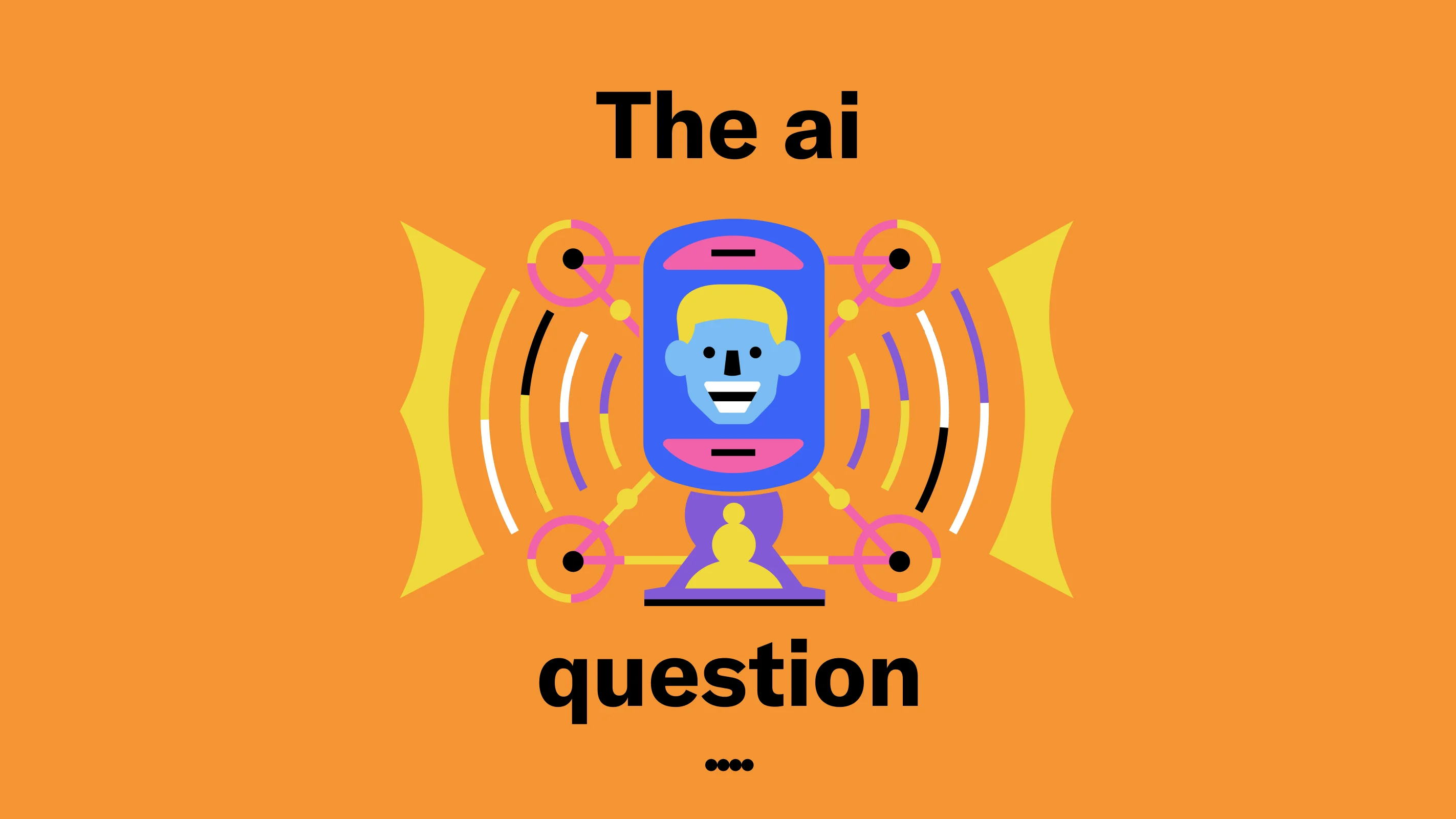Adopt These Digital Audio Strategies to Mitigate Ad Fatigue
Attention has become the ultimate currency, and running the same ad again and again can quickly wear out a brand’s welcome. It’s called ad fatigue, and it can drive listeners to tune your message out, no matter how well-executed it is. Luckily, there are many ways to combat ad fatigue and turn every impression into an opportunity for real engagement.
Let’s explore how to prevent ad fatigue and the best practices to keep your audience engaged and receptive.
What Is Ad Fatigue?
Let’s start with the basics. Ad fatigue is a phenomenon that occurs when your listener is exposed to the same creative too frequently. Instead of catching your audience’s attention, the repetitive message gets lost in the background or, even worse, causes them to become annoyed or bored. And for advertisers, this can result in lower ad effectiveness.
What Is the Impact of Ad Fatigue?
If ad fatigue creeps into your audio campaign, it can start to trigger multiple side effects.
Minimal consumer action: Repetitive ads lose their power—when listeners disengage, they are less likely to get curious about the brand or act upon its messages. This leads to reduced engagement, from lower conversion rates to a dip in click-through rates (CTRs).
Higher costs: If advertisers struggle to maintain reach, ad fatigue could lead to higher costs per click (CPC). This, in turn, could lead to wasted ad spend and erode a campaign’s return on investment (ROI).
Negative brand perception: Ad fatigue is bound to impact how listeners perceive the brand behind the campaign. In the best-case scenario, they remain indifferent and tune out. However, some listeners may get irritated or even avoid the product or service in the future.
How Does Ad Fatigue Vary by Channel?
While ad fatigue could be largely attributed to ad frequency, this component alone is not the only reason; it’s also about platform experience. Digital audio has many combined elements that keep the audience engaged, helping brands avoid the pitfalls present with traditional AM/FM radio.
Shorter ad breaks: Digital audio offers fewer ads per hour compared to AM/FM radio, ensuring brand messages stand out.
More variety: Unlike AM/FM radio, digital audio offers a vast array of options for creating ads beyond just appealing to the ears. Brands can incorporate images, videos, animation, and even interactive elements (think swipeable elements or integrations with voice assistants). Such diverse content helps advertisers enrich the ad experience and keep it fresh and fun for modern listeners.
Greater ad relevance: Digital audio advertising allows brands to benefit from advanced targeting capabilities. A message that’s tailored to the listener’s interests increases the ad relevance and boosts positive brand associations.
All things combined, digital audio ads beat the effectiveness of AM/FM ads hands down. And it’s been proven: Digital audio ads have a 49% better impact on long-term memory than their AM/FM counterparts.
7 Best Practices for Fighting Ad Fatigue
So, how can you keep your message fresh and relevant? Here are some tried-and-true strategies for keeping ad fatigue at bay.
1. Diversify Your Ad Creative
Repeating the exact same ad over and over is an easy recipe for ad fatigue. Instead, think about how you can keep your audience captivated at all times. Start by experimenting with factors like ad frequency, campaign length, and campaign objectives. For example, if your brand is newer on the market and up against many competitors, opt for a shorter campaign flight. Meanwhile, if your brand is a household name with less competition, your campaign could benefit from a longer flight.
Digital audio platforms enable the rotation of multiple creative assets over a single campaign and allow for the adjustment of many elements on the go, based on what works best.
2. Use a Mix of Audio and Display Ads
Combining audio with visuals—especially when listeners are accustomed to audio-only formats from specific brands—can help combat ad fatigue and boost a campaign’s overall impact. Audio works wonders for connecting with the audience on a more emotional level, while display ads can deliver that additional visual nudge—driving brand recall and action.
3. Pinpoint the Right Target Audience
Successful audio campaigns start with advanced targeting. An ad that’s mismatched with the wrong listener can contribute to ad fatigue. For example, a brand that hasn’t leveraged targeting solutions and advertises cat food to a pet-free household isn’t going to find the results they’re looking for.
First-party data and audience insights enable brands to reach their ideal listener, based on demographics, location, music or podcast genres, and other data points. Relevant ads = less ad fatigue.
4. Switch Up Your Script, Sound, and CTAs
Regularly modify your creatives to keep them top-of-mind for your listeners—and assess your ad performance to inform your strategy. You might play around with different voiceovers, switch up background music, and test various calls-to-action (CTAs). Not only will experimentation help your ads stay relevant, but this approach can help you uncover what works best for your audience (and what doesn’t).
Additionally, think beyond creative elements and consider various ad types themselves. If you typically advertise on podcasts via announcer-read ads, consider host-read ads (and vice versa). Both ad types have their unique benefits, and mixing them up can deliver the outcomes you’ve been waiting for.
5. Experiment with Dynamic Audio
To make creative interactions more seamless and save time and effort, consider exploring dynamic audio capabilities. Dynamic audio ads can personalize aspects of your ad creative in real time based on multiple factors, such as the time of day, weather, location, or music genre. The result? A hyper-personalized message that’s tailored to a listener’s unique context, an enhanced user experience, and, you guessed it, reduced ad fatigue.
6. Find the Right Ad Frequency
There is no perfect number when it comes to ad frequency. But, we’ve seen (and launched) plenty of audio campaigns, so we have some recommendations. Align ad frequency with your campaign goals and brand position. For instance, if your goal is to drive lower-funnel performance, consider boosting ad frequency and enhancing your creative.
7. Go Omnichannel
Modern digital audio ad solutions allow brands to think and act bigger. An omnichannel audio strategy integrates your campaign with other brand touchpoints—social media, video, or events—to meet listeners in multiple environments. This approach not only increases reach but also reduces the odds of a listener’s over-exposure through one particular channel. That means smarter, more sustainable engagement.
Minimized Ad Fatigue Starts Here
Ready to put these tips to the test? All you need is the right partner. We stand at the forefront of digital audio innovation, offering scale, personalization, and creative tools to craft campaigns that never get stale.
Learn how you can reach the largest ad-supported audience in audio and deliver results—without fatigue. Let’s talk.







